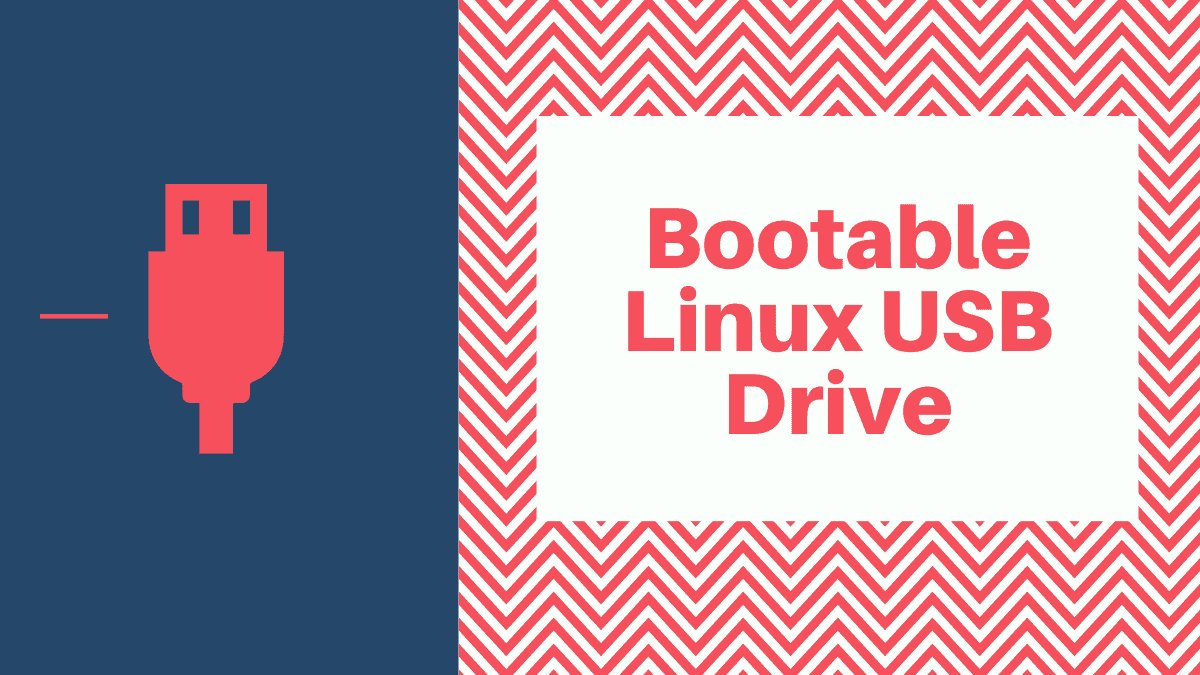Using USB flash drives to install Linux distributions has become increasingly popular due to their speed and convenience over traditional CDs or DVDs. In Linux, creating a bootable USB flash drive is a straightforward process with the help of tools like Unetbootin.
Installing Unetbootin on Ubuntu and Debian:
To install Unetbootin on Ubuntu or Debian systems, open the Terminal and run the following command:
sudo apt install unetbootinNote: For older versions of Ubuntu (14.04 and earlier), replace apt with apt-get.
Installing Unetbootin on other Linux distributions:
If you're using a different Linux distribution, download Unetbootin from the official Unetbootin website. After downloading, grant execute permissions to the binary file using:
chmod +x unetbootinLaunching Unetbootin:
On Ubuntu, start Unetbootin by typing unetbootin in the Terminal.
On other Linux systems, navigate to the directory containing Unetbootin and run:
./unetbootin
Unetbootin provides two options: you can select a Linux distribution and version for automatic download, or you can use an existing ISO file from your system.
Since the built-in list may not include the latest versions, it's often better to download the desired ISO directly from the distribution's official website and use it with Unetbootin.
Step 1: Choose the Diskimage option, then click the "..." button to browse and select the downloaded ISO file. In this example, we are using the Ubuntu 16.04 desktop ISO.

Step 2: In the field labeled "Space used to preserve files across reboots (Ubuntu only):", specify the amount of space (e.g., 500 MB) you want to allocate for persistent storage. This allows you to save files and settings while using the live USB environment.
Step 3: Insert your USB flash drive into the computer. From the Drive dropdown menu in Unetbootin, select your USB drive. Ensure that you have selected the correct drive to prevent data loss on other devices.
Step 4: Click OK to begin the process. Unetbootin will extract the contents of the ISO file, copy them to the USB drive, and install the bootloader. A progress bar at the bottom of the window will display the status.

Step 5: Once the installation is complete, restart your computer with the USB drive still connected. During startup, access the boot menu by pressing the appropriate key (commonly F12, but it may vary depending on your system).
From the boot menu, select the option to boot from the USB device. The interface and options may differ between systems, so look for any references to USB booting.

You can now try out the live version of the Linux distribution or proceed with installing it on your system.
🍻 Cheers!










Member discussion